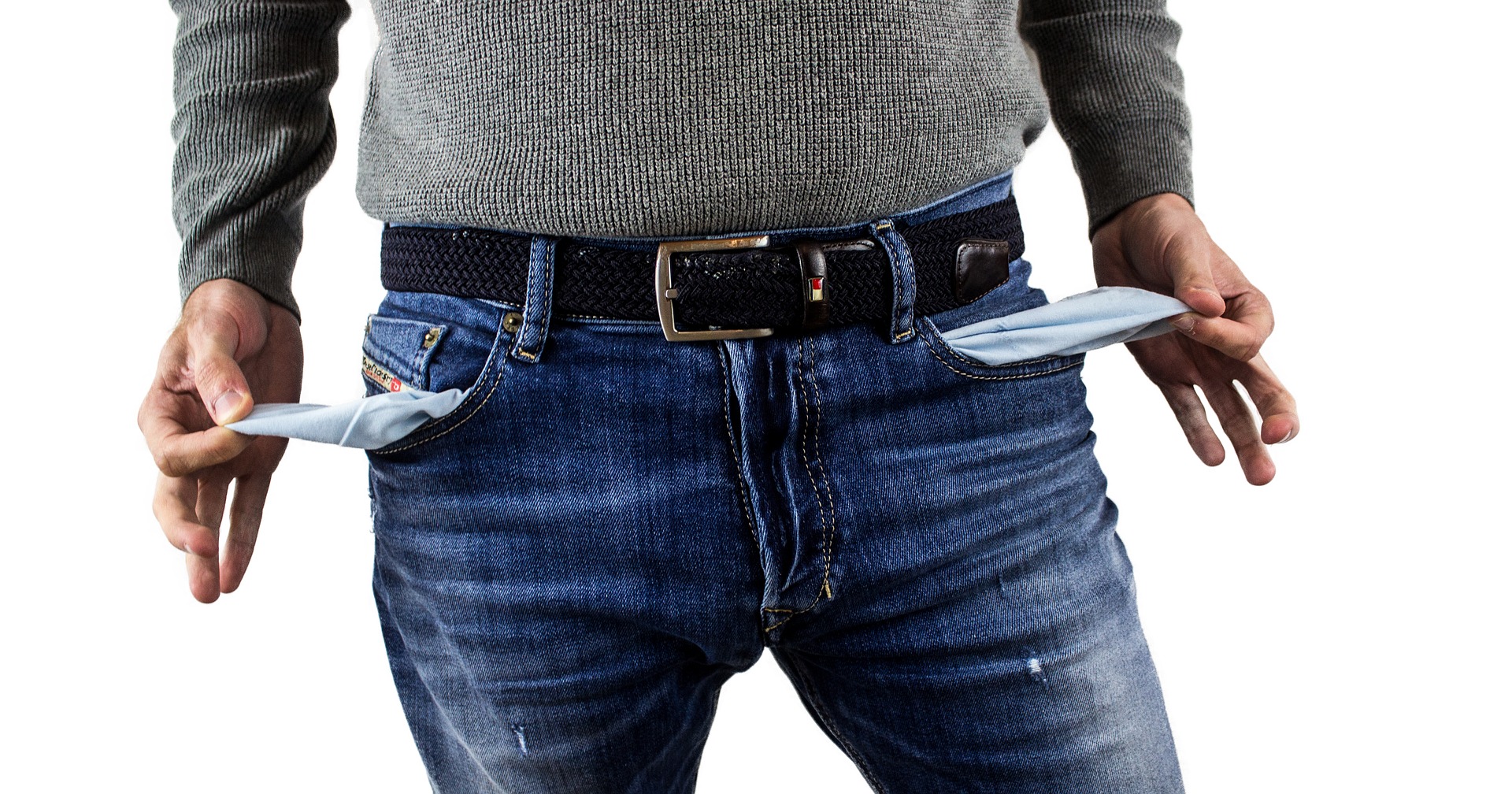The rules concerning personal insolvency across England and Scotland differ as the term bankruptcy is used across England, Wales and Northern Ireland, whereas, Sequestration is the term used in Scotland to address a bankrupt individual. The support provided to insolvent residents in Scotland differs as a series of personal debt solutions are available which allow you to enter an affordable payment plan and even write off a portion of your unsecured debts.
There are numerous factors which can mitigate your financial position, including job uncertainty stemming from the likes of Covid-19 and trading conditions as a result of economic or political unpredictability.
Overcommitting to debt repayments is also a common driver of personal insolvencies, rooting from credit card, store card, mortgage and rent arrears. If your income stream is removed from under you, you may find yourself faced with a host of unmanageable debt repayments, in addition to living costs. As a result, your debt can quickly snowball into a real cause for concern.
Common personal debt struggles in Scotland
Common debts encountered by sequestrated individuals include fees, penalties and fines for late payments, including a decree which is a formal request for payment which involves serious court action, better known as a County Court Judgment in other parts of the UK. Overdraft debt and personal tax debt are typically managed payments which have spiralled out of control due to store and credit card debt, council tax and housing arrears.
In Scotland, you can access a range of personal debt solutions to formally manage personal debts and put an end to creditor pressure. Due to the fast-moving nature of personal debts which can accrue interest over time, acting in the first instance can save you money.
What is Sequestration?
This debt solution helps you tackle unsecured debts as a last resort if you realistically cannot meet repayments. Although sequestration can be entered voluntarily, it is typically the final resort which consists of selling personal assets to generate funds to repay creditors.
Sequestration allows you to quickly achieve a debt-free future as after maximum contributions have been made, the remainder of your unsecured debts will typically be written off. In addition to closing the chapter on your debt problems, you will be able to move forward without the looming threat of action from creditors. If you have extra income after your essential needs have been managed, you may be required to make small payments towards your bankruptcy.
Sequestration holds a series of risks which may result in long term consequences, such as hindering your eligibility to become a limited company director. Your insolvency will also be noted on your credit file for six years, impacting your ability to obtain credit or access competitive rates when borrowing. Depending on your career and future job roles, certain employers may require you to disclose your bankruptcy or require a clean financial record to take on selected roles.
If you have low income, little in asset value and owe between £1,500 and £17,000, you may be able to enter bankruptcy through the Minimal Asset Process (MAP). No single asset should be worth more than £1,000, with an overall value of £2,000. Your income should be made up entirely of benefits or your assessment should determine that you are unable to make contributions towards your bankruptcy.
The rules and regulations concerning Sequestration are best acted upon by personal debt recovery professionals in Scotland, skilled in providing actionable advice on how to beat personal debts. In addition to Sequestration, a Debt Arrangement Scheme (DAS) or Trust Deed may offer a suitable solution.
















